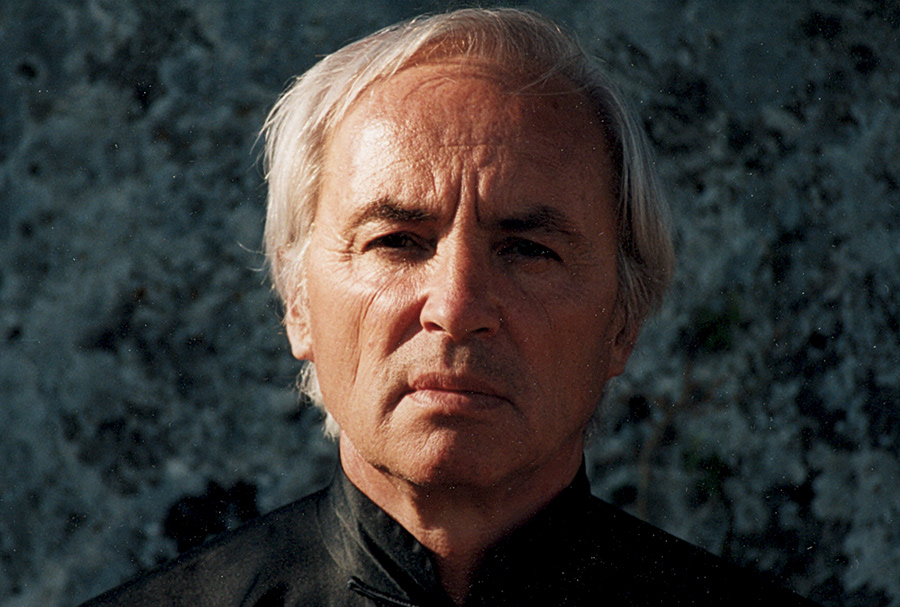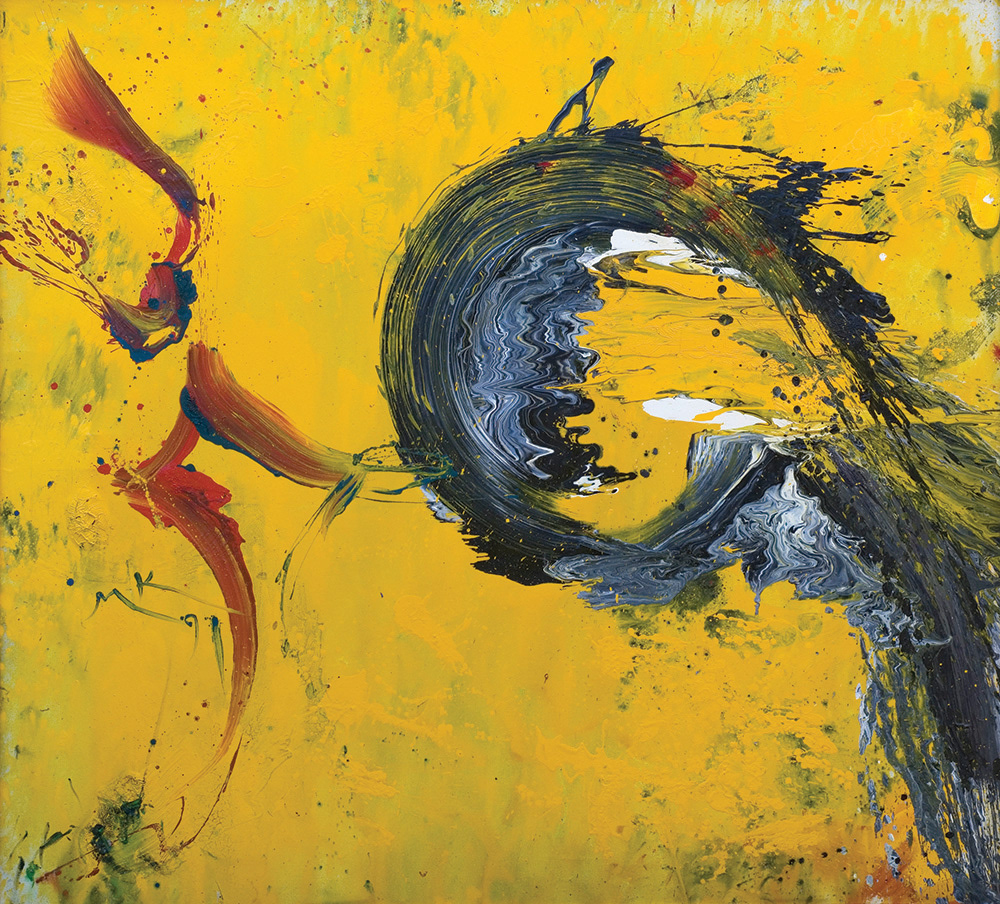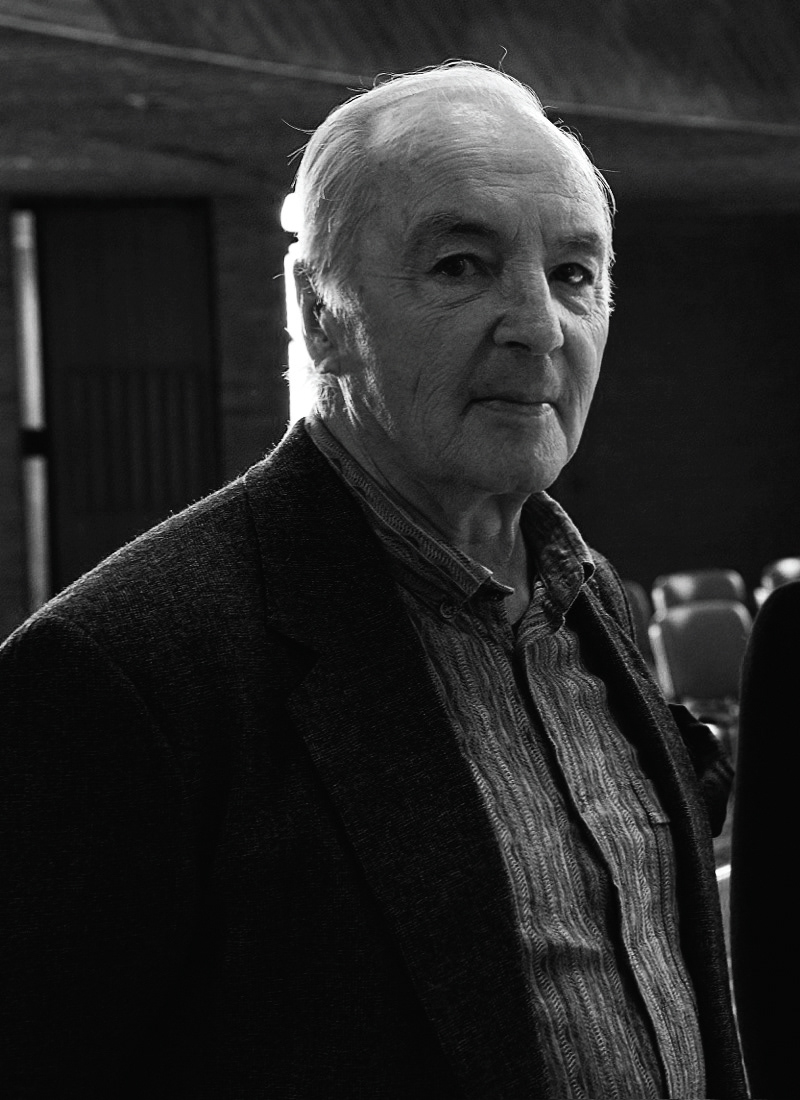

Discover the life and art of Mikhail Koulakov, an influential Russian painter (1933-2015) known for his powerful abstract works and significant contributions to non-conformist art. After leaving the Soviet Union, he spent much of his prolific career in Italy.
This official resource aims to preserve his legacy and provide insight into his artistic journey for admirers, researchers, and collectors alike.
Explore his biography, browse the gallery, understand his artistic style, and find information on his exhibitions.



...having moved to Italy in 1976, he consequently developed his previous experiences in a distinctively new way. Within these experiences, even expressed through a contemporary pictorial language, evident links to Russian tradition—both elite and popular—remained.
Working in Rome, he broadened the scope of his artistic vision [or: imaginary], not only deepening the dialogue with his own roots but also reaching towards the Far East, which is certainly a component of Russian culture.
Koulakov naturally averted the risk of losing his identity—a risk associated with distancing oneself from the places of one's upbringing, experiences, and initial artistic maturity—by delving deep within himself [or: by digging into his own interiority] and discovering there a broader perspective than that of his origins alone.
Thus, paradoxically, instead of Westernizing—that is, flattening himself onto Western avant-garde models—one could say he became, in a certain way, Orientalized.
Yet, precisely in this way, while bringing a presence of cultural diversity to the Italian and Western European scene—within the open reality of a shared avant-garde language based primarily on signs and gestures—he was effectively developing, within this context of dialogue, something that only his Russian background could motivate: namely, an opening towards an East understood as an ideal place of contemplative activity, of maximum spiritual density, of the suspended time of pure spiritual epiphany...
Enrico Crispolti (1990)
Nascita del Cielo (1960) Nitrosmalto su tavola 119x237
